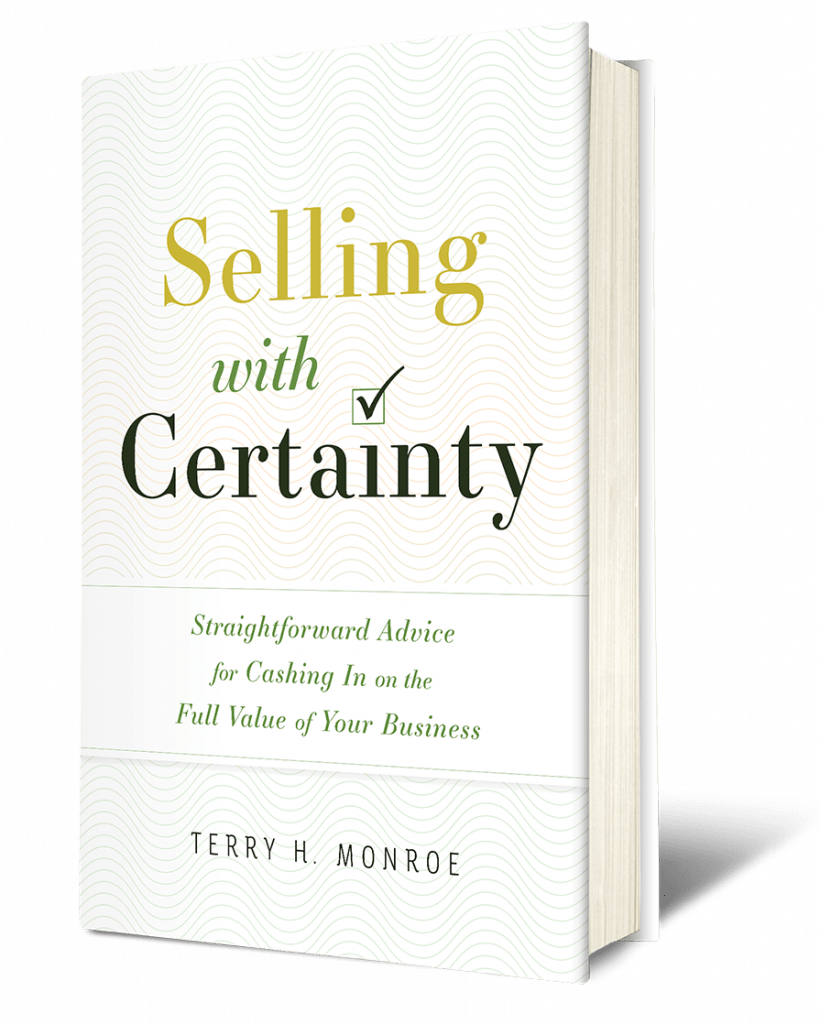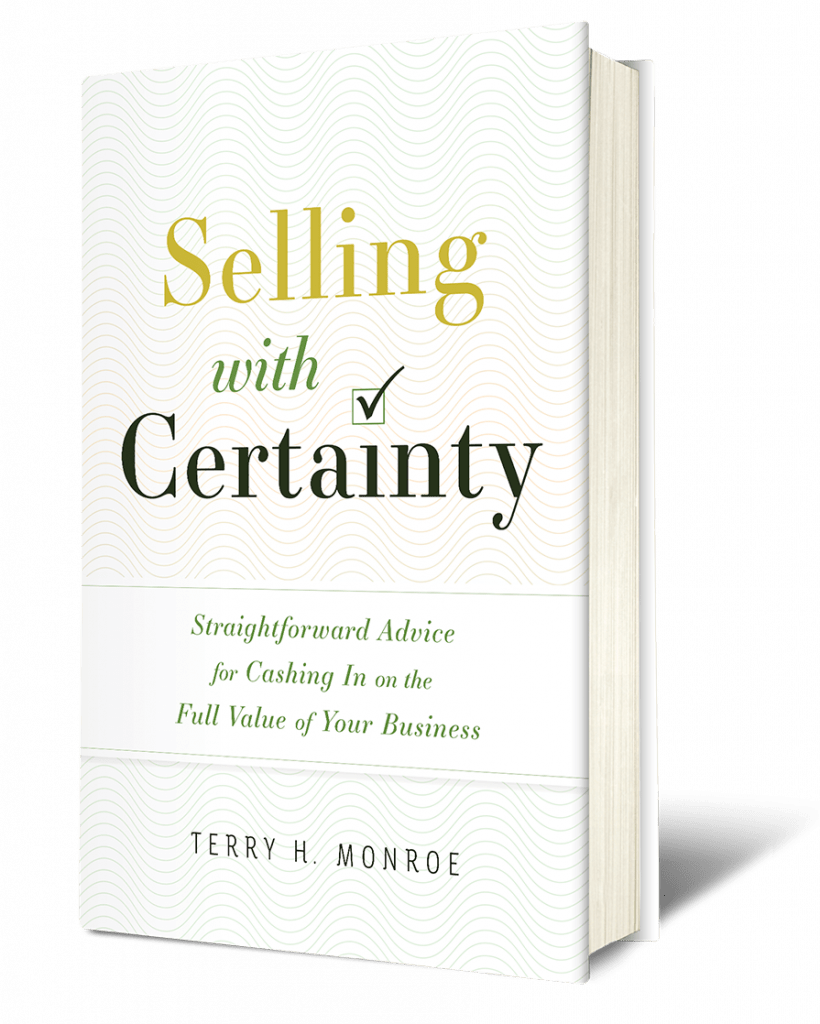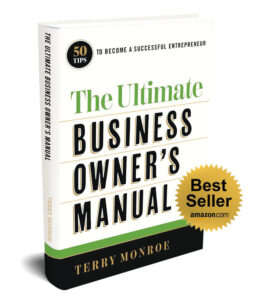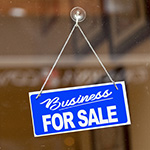(This article first appeared in the September 2016 print edition of Convenience Store Decisions. Click here for the  PDF version as it appeared in the magazine.)
PDF version as it appeared in the magazine.)
If you have heard me speak at a NACS (National Association of Convenience Stores) event or a state association convention, I sometimes refer to the ‘1/3, 1/3, 1/3 Rule,’ which I first established when I had my own convenience stores. Now as an industry consultant, I have tested the theory multiple times and it still holds up regardless of whether you operate nine stores or 90.
The tenet spells out that if you run a chain of convenience stores, generally one-third of them are efficient, capable and good earners—locations you might call “A” stores. These are locations that are cash cows. They might not be the prettiest, but they’re the most profitable.
The next grouping consists of the “B” stores. These are locations that were probably once “A” operations, but over the years sales diminished because of neighborhood depreciation or because of additional competition coming into the marketplace that slowly chipped away at profits. Still, overall, they are stores to be proud of and are good solid performers to have in your company.
Then there are the “C” stores that fall into the last third. These operations just break even and struggle to make enough money to pay their way. Maybe they generate enough income to cover the overhead costs allocated by the home office and the supervisor who oversees them.
Moreover, this last group tends to include stores that have the weakest employees and perhaps the weakest managers. These are the stores that if there is going to be employee dissatisfaction or customer problems, it will usually occur within the walls of these sites.
Hypothetically, if you might choose for any of your empty stores to fall victim to a natural disaster, fire or flood, you would probably opt for one of these locations over another.
STORE MARKET VALUE
I was reminded of this rule most recently when a multi-store operator asked me and my team to evaluate a chain of nine stores that the operator was thinking about buying and wanted to get our take on what the stores were worth in today’s real estate market. With 16 years of experience, American Business Brokers knows what to look for in determining the market value of convenience stores, so the task was straightforward enough.
My team and I went to work on our analysis of the package of the nine stores and found: three great stores that were profitable; three stores that were steady performers; and three sub-par stores—one store was actually losing money and two others were struggling to cover their costs.
I asked the owner of the chain why he had kept these three under-performing stores operating over the years, choosing not to close or sell them off, or lease the properties to a tenant for an alternative use. Before I asked, however, I knew what the answer was going to be.
“Oh, I didn’t want to close these stores or sell them or lease out for a different use because they were covering the corporate overhead and if these stores were not there I would have to allocate more corporate overhead to the other six stores.”
DON’T KID YOURSELF
As a c-store owner/operator, this is the biggest lie you can tell yourself. In the short term, you may cover some corporate overhead, but you have eventually set yourself up for some of the biggest liabilities of your business career. Your job as the CEO or head of operations for your company is to generate the highest amount of profits possible.
How is running your business any different than the coach of the local basketball or baseball team at your high school or college? If the coach always keeps a couple of players on the team, because he likes their personalities, but the team is a losing team year after year, are you going to keep hiring this same coach back? Of course not.
You may like the coach and he may even be a relative of yours, but you hired the coach to win didn’t you? The same principle applies to the person in charge of the chain of convenience stores.
Operating underperforming stores is extremely costly in ways many operators don’t recognize, including:
- Those locations take your focus away from your good stores.
- They provide additional opportunity for employees to steal product, cash, time or the integrity of your company.
- They expose your company to the possibility of additional customer liability claims in the form of slips and falls, and numerous other exposure scenarios that increase insurance costs.
- Selling gasoline of course brings additional environmental exposure, further weighing down a lagging store that isn’t contributing to good of the overall company. This can be doubly costly and distracting if the fuel portion has problems.
- Such sites will increase the expenditure of your company’s HR personnel because they have to invest time and energy into a store and employees that is not generating a profit.
- Such lagging operations ultimately erode employee morale. Employees who work in a profitable store are more likely to project a more positive image to the public than employees who are working in a store that is losing money. That becomes a drain on the whole operation.
- The stagnation of your company’s growth and possibly the negative impression you may give your banker when he sees you carrying fiscally-weak stores on your books.
- You would be breaking the first rule to operating a successful business and that is ‘Don’t Lose Money.’
Please heed the advice that was given to me when I was operating in the c-store industry. and I thought I was a big dog in the world of retail when a vendor of mine got my attention one day and said to me: “Terry, you need to quit wasting your time trying to make your bad stores good and instead you need to spend your time trying to make your good stores great.”
To this day, I can still hear his words ring in my ears and at the time, I knew he was right and how wrong I had been by running around thinking I was improving my operations when all I was doing was exposing my company and my family to the possibility of more grief and less profits.
So my point is if you are serious about being in business and wanting to be as profitable as you possibly can be, walk the walk and do what is right in addressing those underperforming stores, which might include the choice of jettisoning certain properties. Then do what you already know and focus your time and energy on having nothing but “A” stores.










